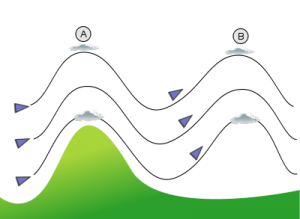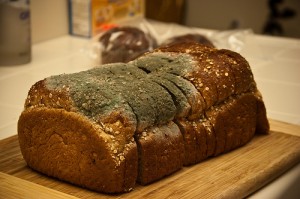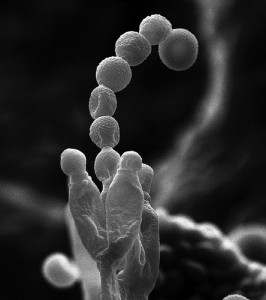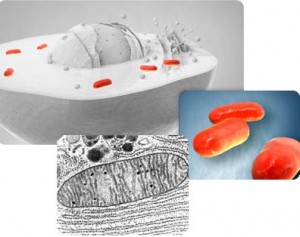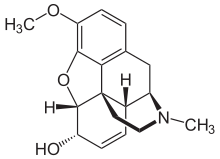Now, we’ve all been told this time and time again, that breakfast is the most important meal of the day, but how many of us actually find time amidst our busy mornings to eat a healthy and nutritious breakfast?

Extra sleep instead of breakfast. Image taken from Photobucket, uploaded by ratetherandom3
I know that many of us are guilty of skipping this crucial first meal of the day and have many excuses for doing so, including myself, but there are numerous benefits that come from eating this often neglected meal, aside from the fact that breakfast foods usually taste pretty good. Along with the fact that eating breakfast can improve your mood and your choice of foods for the rest of the day, another benefit is that eating breakfast can make you smarter and there are studies that prove it.

Breakfast should come before almost everything. Image taken from Photobucket, uploaded by 1lucillelane
A study conducted by the University of Kentucky surveyed a total of 251 undergraduate students to see if there was a correlation between eating breakfast and higher academic achievement. This study validated that breakfast is the most important meal of the day as it was shown that students who ate breakfast, on average, had a higher GPA (3.30±0.46) than those who did not (3.06±0.58). Being a student, it may be difficult to make the traditional breakfast of eggs and toast, but simple meals such as grabbing a granola bar to go or making a quick bowl of cereal can be just as effective!

A healthy breakfast. Image taken from Photobucket, uploaded by cstvrt
Skipping breakfast is much like driving a car without fuel – at a certain point it will stop working when you need to use it. As a student, this makes you less focused, decreases your concentration and makes it even more difficult to remember what your professor talked about just 2 minutes ago. After an entire night of fasting, it only makes sense that eating breakfast serves the purpose of re-fuelling your brain and will help improve your short term memory and academic performance.
If you didn’t eat breakfast today, perhaps try it tomorrow. The benefits will speak for themselves. Eat up!
-Narissa Mawji





